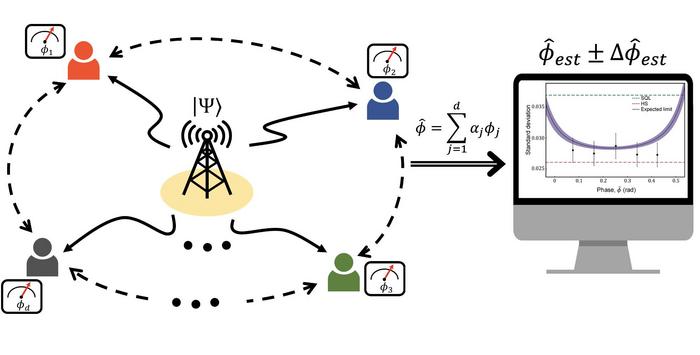Ever faced the challenge of coordinating event times across different locations? Dr. Hyang-Tag Lim and his team at KIST have cracked the code using a quantum sensor. They’ve developed a method to measure various physical quantities spread out across locations with remarkable accuracy, surpassing the standard quantum limit, and all with minimal resources.
In the realm of quantum mechanics, phenomena like superposition and entanglement prove invaluable for obtaining highly accurate time measurements from distinct clocks in remote spaces. Consider this scenario: you’ve got physical quantities in both Seoul and Busan. By establishing an entanglement state between these locations, you can simultaneously measure these quantities with greater precision compared to separate measurements in each city. The potential lies in quantum sensors enabling ultra-precise measurements not achievable with traditional sensors. These ‘distributed quantum sensors’ can effectively measure multiple parameters over a large area with greater precision than conventional sensors.
The KIST research team conducted practical experiments, demonstrating the capability of their distributed quantum sensing system to achieve the highest precision possible with quantum mechanics when measuring distributed objects over a wide area. They experimentally generated a superposed maximum entanglement state across four distant spaces, reaching the Heisenberg limit—the pinnacle of quantum mechanical precision.
Dr. Hyang-Tag Lim envisions practical applications such as global time synchronization and ultra-microscopic cancer detection by laying the foundation for distributed quantum sensing technology. KIST actively engages in open R&D projects to secure cutting-edge quantum technologies, including quantum sensors, collaborating with researchers from various sectors, including first author Seongjin Hong, a professor at Chung-Ang University.


